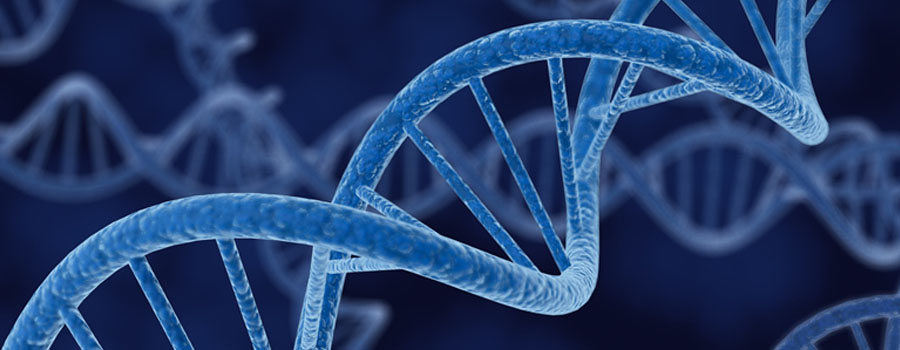Polymerase chain reaction (PCR) – an overview

What is polymerase chain reaction PCR?
Polymerase chain reaction (PCR) – a bit of history
Polymerase chain reaction (PCR) is a technique that copies small segments of a specific DNA and duplicates them. That process, called amplification, allows scientists, researchers, and clinicians to take a tiny sample of target DNA and amplify it to create an amount large enough to study in detail.
PCR is used in many applications, including DNA fingerprinting, diagnosing genetic disorders, and detecting bacteria or viruses. Among the most well-known PCR tests are those developed to detect COVID-19.
PCR was invented in 1983 by Kary Mullis, an American biochemist who was awarded the Nobel Prize in Chemistry in 1993. PCR is now one of the most well-known techniques in molecular biology.
What is PCR Used For?
DNA copies produced by PCR can be used in many applications, including molecular biology, ranging from basic research to disease diagnostics, agricultural testing, and forensic investigation. The Human Genome Project, for example, relied heavily on PCR for its mapping techniques.
PCR is a fundamental part of many genetic testing and research procedures. Some of those applications include analyzing ancient samples of DNA or identifying infectious agents. The technique is often used in medical laboratory research for biomedical research, criminal forensics, and other applications.
Additional uses include:
- Cloning DNA for sequencing and manipulating genes.
- Constructing DNA-based phylogenies.
- Performing functional analysis of genes.
- Diagnosing and monitoring genetic disorders.
- Analyzing genetic fingerprints for DNA profiling.
- Detecting pathogens in nucleic acid tests to diagnose infectious diseases.
PCR traditional applications and application uses
Most PCR methods use thermal cycling, which exposes reactants to repeated heating and cooling cycles. That creates temperature-dependent reactions, including DNA melting and enzyme-driven DNA replication.
In addition to a DNA sample, two types of reagents are used in the PCR process. They are:
- DNA primers. These are short, single-stranded DNA that provides sequences complementary to target regions of DNA samples.
- DNA polymerase. A DNA polymerase is a type of enzyme present in all living organisms. Its primary purpose is to replicate, repair, and maintain DNA. DNA polymerase is essential for transmitting genetic information from one generation to another. Taq DNA polymerase is one such catalyst.
PCR also requires a nucleotide solution mix that contains adenine (A), thymidine (T), cytosine (C), and guanine (G) to build duplicate DNA strands.
The Three Steps of PCR
There are three steps to a polymerase chain reaction:
- DNA denaturation
- Primer annealing
- Extension or elongation
Each step is repeated 20 to 30 times to synthesize the needed quantity of DNA. Each step requires a different temperature range controlled by PCR machines, also known as thermal cyclers.
DNA denaturation uses a high temperature—about 95°C—to make DNA uncoil and separate into single strands. That exposes the DNA bases to the PCR mixture.
Primer annealing occurs at a lower temperature than denaturation. Depending on which primers are used, the PCR machine cools the solution to between 45°C and 72°C, so the primers bind to the appropriate parts of the DNA strand.
Extension or elongation at 72°C. This step produces new copies of specific strands of DNA from the primers.
Real-time PCR lets scientists and clinicians monitor the progress of the reaction so they can collect data throughout the process.